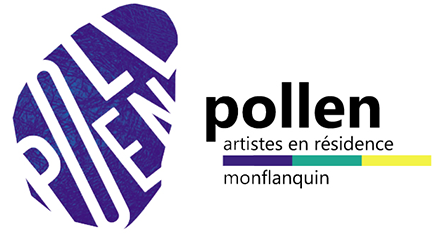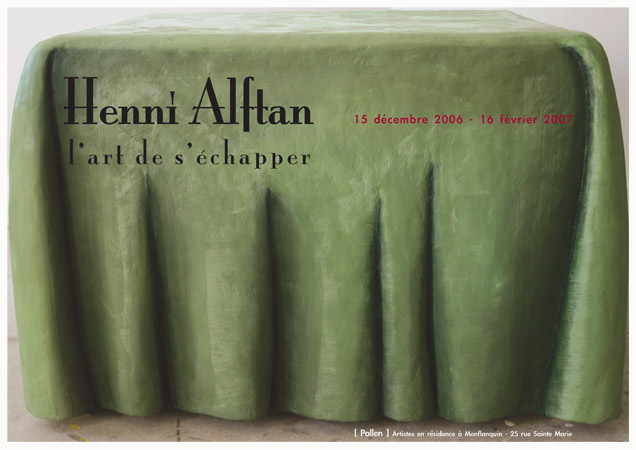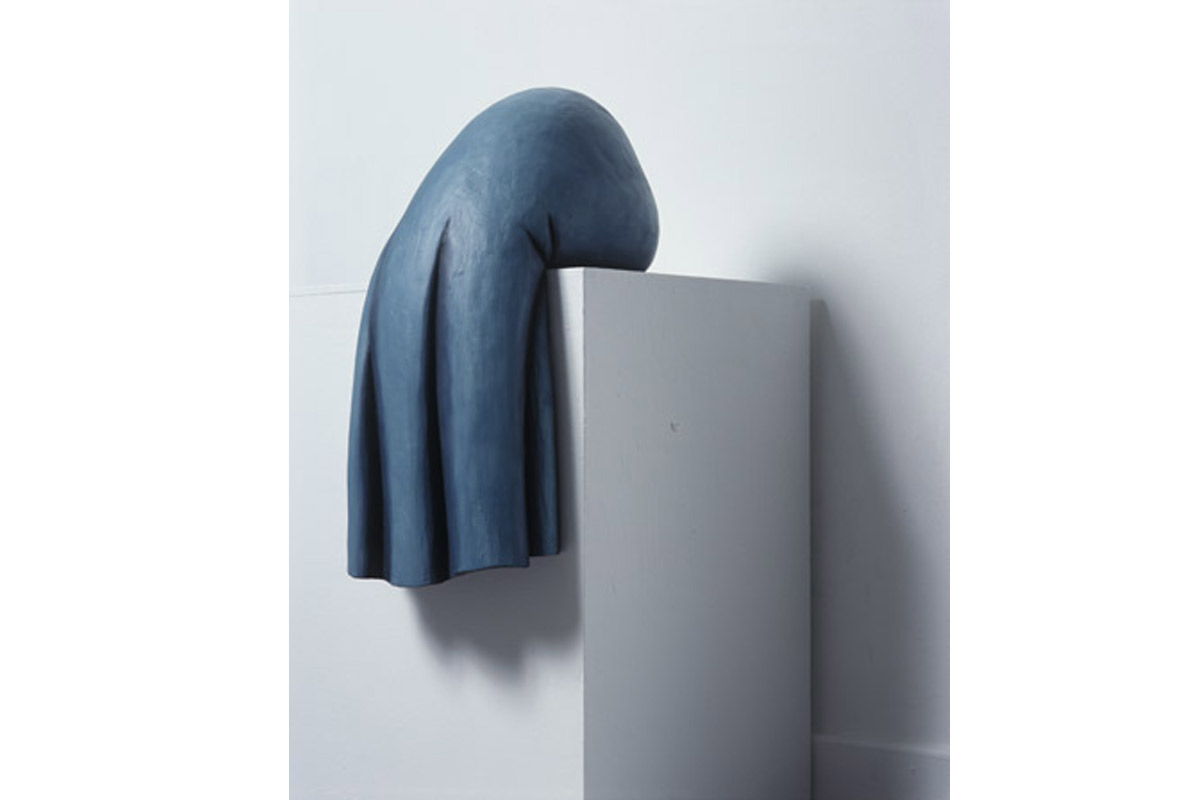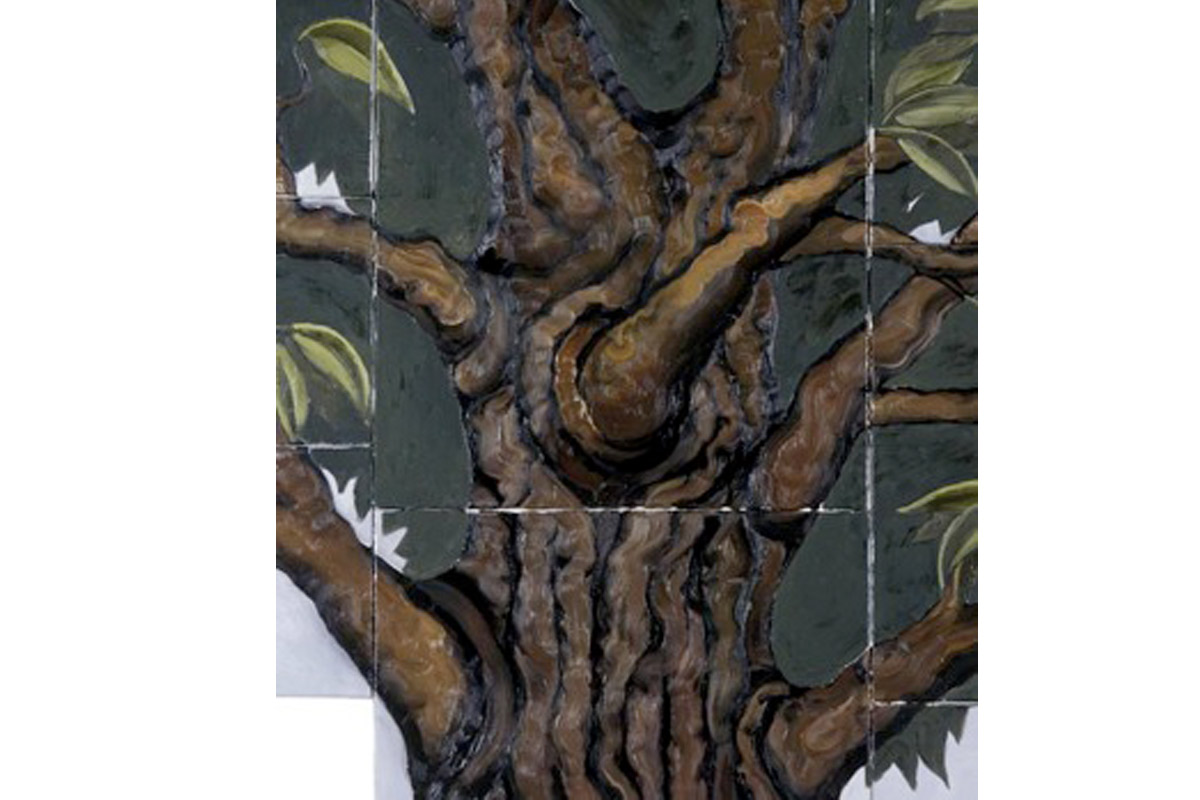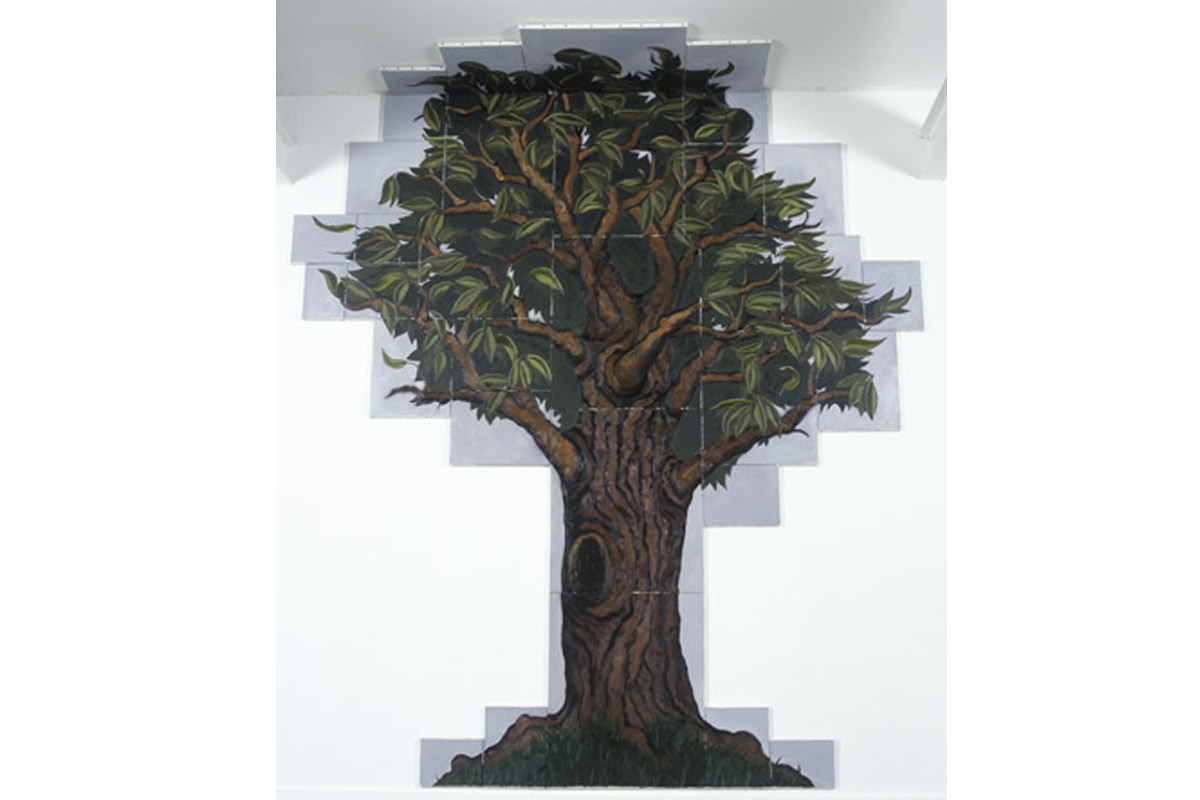HENNI ALFTAN
Artiste en résidence à Monflanquin de septembre à décembre 2006.
Née en 1979 à Helsinki, Finlande.
Vit et travaille en France depuis 1998.
Henni ALFTAN peint des objets qui s’imposent comme des images, construit des images qui fonctionnent comme des objets. Comment tenir ces deux extrêmes ? Renoncer à l’image pour choisir l’objet, c’est abandonner ce cadrage de l’écran qui opère une séparation et une mise à distance, de la surface constituée d’impressions et d’expressions. Mais d’autre part, se détourner de l’objet, c’est se couper de la matière et son surplus d’explications et d’interprétations. La solution proposée par Henni ALFTAN est de ne pas franchir le pas, de rester dans l’indétermination et de maintenir l’une et l’autre parties du choix. Elle conserve donc la surface de l’image et la présence de l’objet. Bien plus, elle convoque l’une et l’autre en identifiant l’une à l’autre. Il s’agit de faire coïncider l’énigme de l’étendue et l’impact du bloc. L’étrangeté des œuvres tient à ce qu’on y voit, de manière presque théâtrale, la peinture constamment inquiétée par une compression ou une dilatation de sa nature et de ses contraintes. De cette situation découle une hétérogénéité particulière où des éléments figuratifs et abstraits, réels et fantasmagoriques, fluides et consistants, fractionnés et unifiés, qui y sont impliqués s’affranchissent du cercle restreint où d’ordinaire ils apparaissent d’abord confinés. Ils se mettent à coexister en dehors de toutes limites précises et dans un réseau d’apports réciproques. De la sorte, comme deux pôles qui perdraient tout à fusionner, mais qui ont avantage à établir entre eux un système de commerce et d’alliance, images et objets procèdent à de multiples échanges et soumettent le champ de la peinture à l’épreuve d’un élargissement et d’une fabulation.
Il faut voir la chose peinte et en même temps le décollement de l’image de l’objet auquel elle est attachée et qu’elle continue de soutenir dans les diverses altérations qu’il lui faut subir pour arriver à se réaliser. Il faut voir l’image produite et en même temps les autres possibilités de regard et de représentation entre la chose et sa définition picturale. Henni ALFTAN provoque les passages nécessaires pour nous permettre de lier une expérience à une autre. Elle le fait en se saisissant de choses proches, ouvertes et en les mobilisant dans un mouvement à la fois de connaissance et d’imagination qui les remodèle et les recharge de force et de sens. Un nuage, un arbre, un monolithe anonyme et la boîte de Houdini deviennent des événements insoupçonnables, des instruments de régénérations et de nouveaux contacts, qui tirent à partir de leur fond propre, un fond fait d’une infinité de perceptions. Il y a là des renversements, fortement insolites et curieusement logiques, qui éclairent tout en complexifiant, égarent tout en expliquant. Le regard cherche le piège. Mais rien ne récompense son insistance à observer, à scruter, à déchiffrer. Tout simplement parce que le décentrement constant de cette peinture le pousse à l’intérieur du piège et l’utilise comme ressort et comme appât.
Didier ARNAUDET
Henni Alftan paints objects which compel as images, and constructs images that act as objects. How to keep these two extremes as one? To renounce the image in favour of the object, means to abandon the frame-work provided by the screen, which acts as a barrier separating and distancing the onlooker from the surface and its impressions and expression. But, to turn away from the object on the other hand, is to cut oneself off from the material aspects and its weight of interpretations and explanations. Henni Alftan’s solution has been not to take the step across the boundary, but to remain in the indeterminate, and remain open to either possibility. She therefore preserves both the surface of the image and the physical presence of the object. Even more, she calls up one and the other, identifying one with the other. It is a question of bringing together the mystery of expanse with the impact of volume. The strangeness of the works results from the almost theatrical way in which paint is constantly in tension, either compressed or dilated in its nature and its limitations. From this situation is born a particular heterogeneity in which co-exist figurative and abstract elements, real and phantasmagoric ones, the fluid and the concrete, fractions and wholes, and these come to the fore outside of the restricted boundaries to which they are usually confined. They have a co-existence outside of any precise limits and within a network of reciprocal contributions. In a similar way that opposite poles would lose everything if they fused, and gain advantage from establishing a system of commerce and alliance, images and objects are involved in a continued inter-change, and put the field of painting through a trial of expansion and fabrication.
One must at one and the same time see the painted object and the detached image of the object which it represents, and which it continues to sustain in all the various alterations which it must undergo in order to fully realise itself. One must see both the image which is produced and, at the same time, all the other visual possibilities in the realisation and observation of the object and its pictorial representation. Henni Alftan has put into place the links which enable us to pass from one experience to the other. She does it by choosing everyday, open objects, mobilising them in such a way that they are both ‘known’ and imagined, so that they are created afresh with new vigour and meaning. A cloud, a tree, an anonymous monolith and the box of Houdini, become unimagined happenings, instruments for regeneration and the making of new contacts, which draw up from their own depths, a kernel made up of their own infinity of perceptions. There we find everything topsy-turvy – strange and curiously logical connections – which throw light on everything whilst at the same time mystifying them, leading one astray whilst explaining. The eye searches for the trap. But it finds nothing in return for its insistence in observing, scrutinising, deciphering. Simply because, in its constant evasion of away from its centre, the painting draws the eye into the heart of the trap, and the eye becomes both the spring and the bait.
Didier ARNAUDET
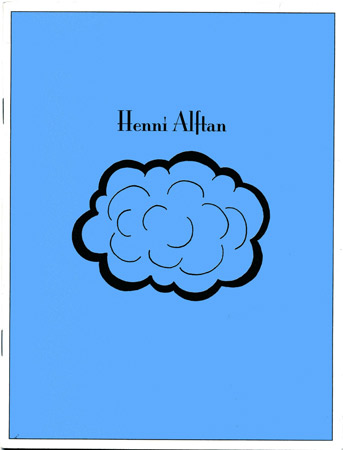
Henni ALFTAN
Artiste en résidence à Monflanquin
de septembre à décembre 2006
Catalogue 18 pages + couverture couleurs – 21 x 16 cm
Epuisé
Texte : Didier ARNAUDET
